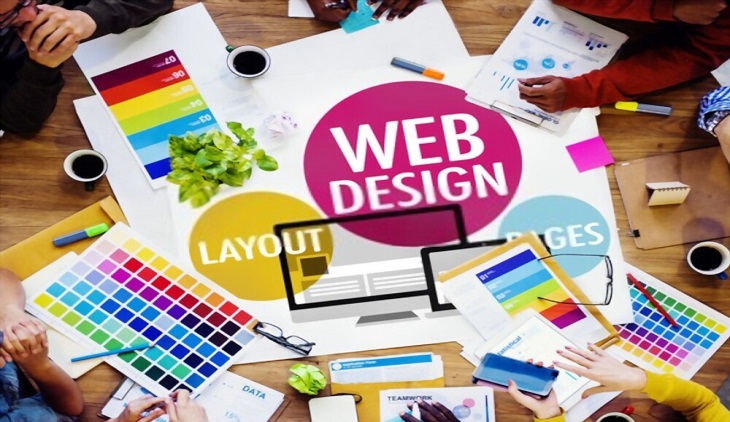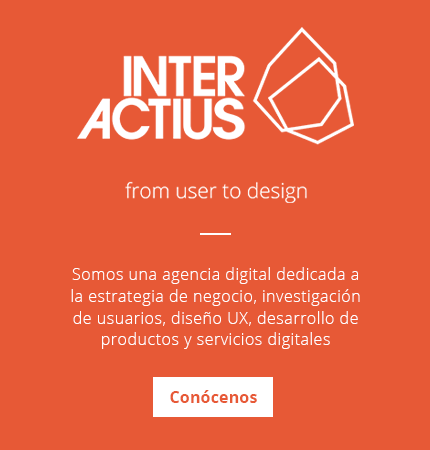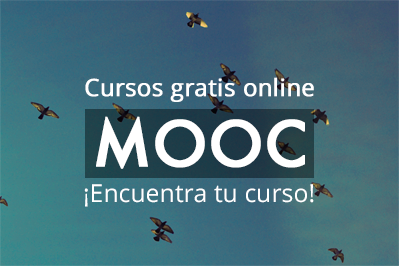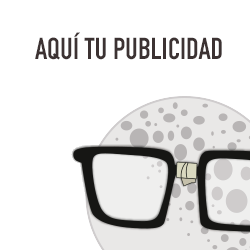
An effective website design should perform its intended function by conveying a specific message while attracting visitors. When designing a website, several important factors affect how it is perceived.
A well-designed website helps build trust and guide visitors to action. To create a great user experience, you need to make sure your website design is optimized for usability (form and aesthetics) and usability (function). Here are some helpful tips by top web and graphic design company when thinking about your next web project:
-
Purpose of the website
By giving each page a simple and clear intent, users can interact with the content you provide. What is the purpose of your website? Do you teach practical information such as «how to use a guide»? Is it an entertainment site such as sports reporting, or does it sell products to users? Websites have several purposes, but all websites have a common main purpose.
- Expertise Explained
- Build Your Reputation
- Lead Generation
- Sales And After-Sales Service
-
Simplicity
Considering the user experience and usability of your website, simplicity is your best bet. It’s an easier way to design.
Color
Colors can convey information and evoke emotional responses. By finding the right color palette for your brand, you can influence customer behavior towards your brand. Limit your color selection to less than 5 colors. Complementary colors work well. Comfortable color combinations can increase customer engagement and improve user moods.
Category
Typography plays an important role on a website. It grabs attention and serves as a visual interpretation of the brand voice. The fonts are easy to read and websites should only use a maximum of 3 different fonts.
-
View
Navigation is a navigation system used by websites where visitors interact and find what they are looking for. Site navigation is the key to retaining visitors. When site navigation is difficult to understand, visitors give up and look elsewhere for what they need. It is important to have simple, intuitive, and consistent navigation on all pages.
-
F Pattern Reading
Eye tracking research shows that most of what people see is in the top and left areas of the screen. The F-shaped layout mimics the natural Western reading pattern (left to right, top to bottom). An effectively designed website works with the reader’s natural pattern of skimming through pages.
-
Visual Layer
A visual hierarchy is an arrangement of items in order of importance. It can be done by size, color, image, contrast, typography, white space, texture, and style. One of the most important functions of the visual hierarchy is the focus. It shows your visitors where the most important information is.
-
Engaging
An effective website has both good design and great content. With engaging words, quality content can attract and influence visitors by turning them into customers.
-
Grid Based Layout
Grids help keep page elements aligned and clean. A grid-based layout places your content in a clean, robust grid structure. Columns and sections are properly arranged and balanced, and orderly, and make a beautiful website.
-
Loading time
Waiting for your website to load can cause you to lose visitors. Almost half of the web visitors expect their website to load in less than 2 seconds and may leave a website that does not load in less than 3 seconds.
-
Mobile Friendly
More and more people are using their mobile phones or other devices to browse the web. It is important to consider building your website with a responsive layout that can adapt to different screens.
Create Easy-To-Read Website Content
«Readability» measures how easily people can recognize words, phrases, and expressions. When your website is highly readable, users can easily navigate or view it. You can easily get information this way.
Achieving the readability of your site is relatively simple. Try these important rules:
The contrast is important:
Good contrast between the text color and the background color is important not only for readability but also for the accessibility of your website. A website color scheme can represent your brand colors, but make sure there is enough contrast between the elements. To do this, try using an online tool like Contrast Checker.
Large Fonts:
Small fonts are difficult for most people to see. A general rule of thumb in web design is to keep body text at least 16 points. This is a good starting point, but keep in mind that this number is entirely dependent on the font you choose for your website.
Types of Fonts:
There are many different fonts available in the world of typography. You can choose between a lined font (which has very little shading at the end of letters, like Times New Roman) and a sun-serif font (which means «no dialogue»).
Sans serif fonts are ideal for long in-line text, such as text you read often. You can also mix and match these different types to create interesting font combinations.
There are also many display fonts with a decorative look, such as handwritten script fonts. If you use any of these, be careful not to overdo it so as not to have an overwhelming effect.
Limit the number of fonts:
On a website, no more than three different typefaces should be used. Depending on the project, you may need a finer combination of fonts, but if there are too many fonts, they will inevitably show up, which is often a drag on your brand.
Use text-based topics:
Note that the size and weight of content on a website created to establish a clear hierarchy varies from large headings to small headings, small paragraphs, and body text. This handy website design tip ensures there’s always something to catch your reader’s eye.
One final tip
One of the most important web design tips is the simplest. Find inspiration for your website. Browse through some of the best website designs and learn about the latest trends in website design. You can also explore some of these great Wix sites to boost your creativity.









